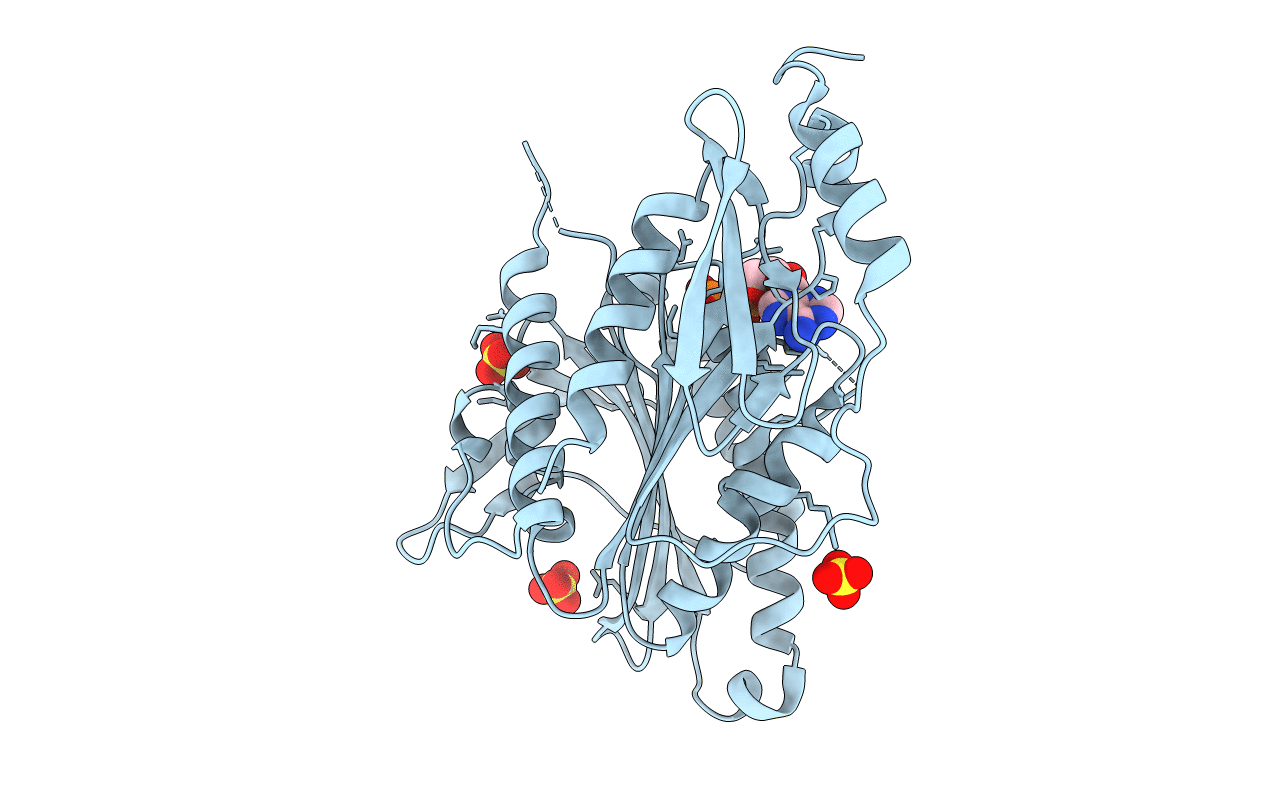
Deposition Date
2015-02-05
Release Date
2015-06-17
Last Version Date
2024-01-10
Method Details:
Experimental Method:
Resolution:
2.59 Å
R-Value Free:
0.20
R-Value Work:
0.19
R-Value Observed:
0.19
Space Group:
P 43 21 2


